Terezin Concentration Camp, established by the Nazis in 1941, holds a complex and troubling history. Initially presented as a "model" ghetto, it concealed the horrific realities faced by over 150,000 Jewish inmates. Despite the grim conditions, cultural resilience thrived through artistic expression and vibrant community activities. Today, Terezin serves as a poignant memorial, honoring the suffering of its victims while fostering education and reflection on the Holocaust’s enduring impact. Unraveling the intricate tapestry of Terezin’s past reveals a town whose story continues to captivate and challenge all who seek to understand its profound legacy.
Key Points
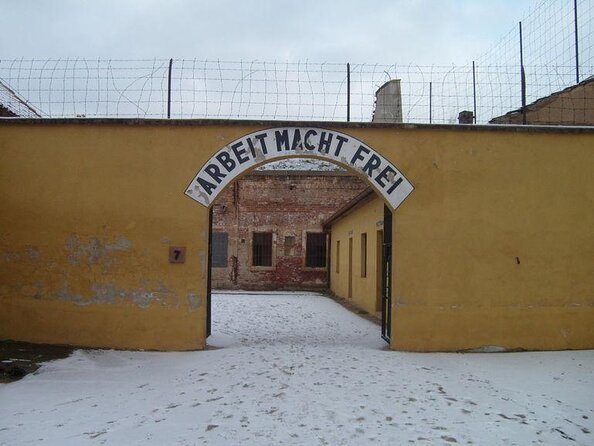
- Terezin was established as a Nazi concentration camp in 1941, where over 150,000 Jewish prisoners were held, with many deported to Auschwitz.
- Inmates faced horrific living conditions, including overcrowded barracks, lack of sanitation, and rampant disease, while engaging in vibrant cultural activities.
- The camp was presented as a "model" facility to deceive international observers, but its true purpose was to serve as a transit point before deportations to extermination camps.
- Terezin’s artistic legacy is preserved in museums and archives, showcasing the resilience and humanity of the inmates through their art, theater, and cultural expressions.
- Terezin Memorial, established in 1947, serves as a poignant reminder of the Holocaust, fostering education, reflection, and efforts to combat intolerance.
Historical Overview of Terezin
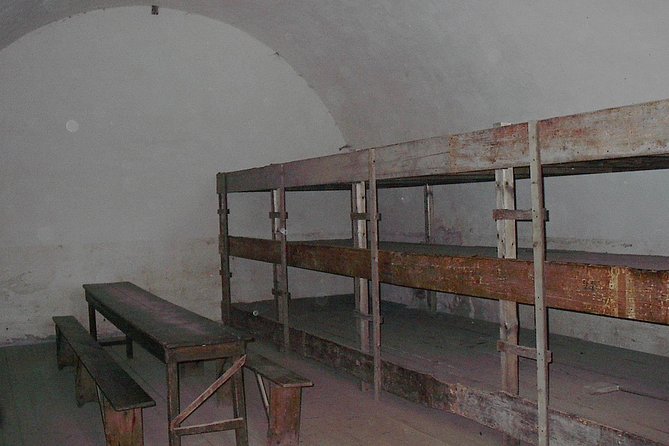
Terezin, a small town northwest of Prague, was transformed into a Nazi concentration camp during World War II. Established in 1941, Terezin served as a "model" camp for international observers, masking the horrors of the Holocaust.
Under the guise of a "spa town," Terezin held over 150,000 Jewish prisoners, many of whom were eventually deported to Auschwitz and other extermination camps.
Despite these atrocities, Terezin’s inmates maintained a vibrant cultural life, producing art, music, and theater.
Today, the Terezin concentration camp stands as a somber reminder of the immense suffering endured during the Nazi regime, and a testament to the resilience of the human spirit.
Fascinated by Prague's past? More historical tours we've covered
The Concentration Camp Experience
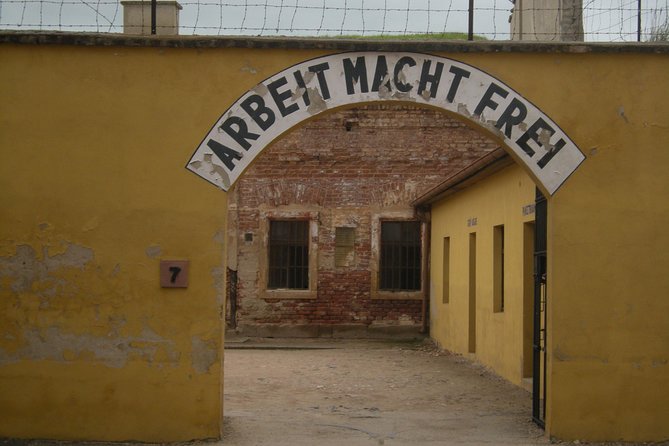
The Terezin concentration camp exposed inmates to horrific living conditions and inhumane treatment on a daily basis.
Thousands were crammed into overcrowded barracks, lacking basic sanitation and proper nutrition. Disease, starvation, and abuse were rampant.
Prisoners were forced to perform grueling physical labor for the Nazis, often working until they collapsed from exhaustion. Many were deported to Auschwitz and other death camps, where they met their demise.
Despite this bleak reality, the inmates maintained a vibrant cultural life, organizing concerts, lectures, and classes.
Yet, the horrors of Terezin left an indelible mark on all who experienced its brutality.
Preserving Terezin’s Artistic Legacy
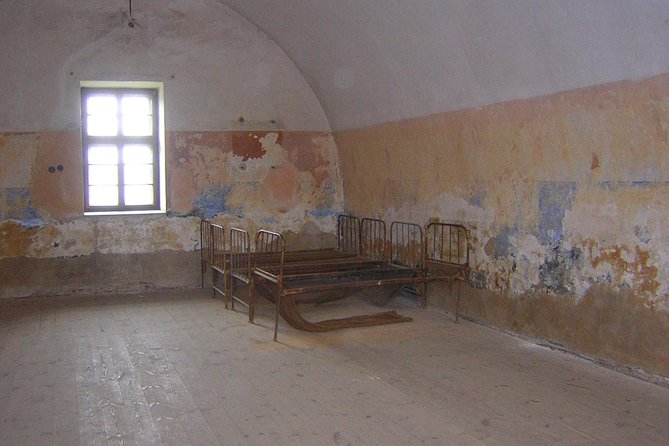
Despite the horrors of the concentration camp, Terezin’s inmates maintained a vibrant artistic legacy that continues to inspire. Imprisoned artists secretly created paintings, sculptures, and plays that offered a glimpse of humanity amidst the tragedy. Today, Terezin’s artistic treasures are meticulously preserved in museums and archives, ensuring their stories live on.
| Artist | Artistic Medium | Legacy |
|---|---|---|
| Alfréd Kantor | Drawings and Paintings | Depicted life in the ghetto with raw emotion. |
| Karel Fleischmann | Woodcuts and Sculptures | Crafted whimsical toys that brought joy to children. |
| Běla Roubíčková | Theatrical Performances | Directed plays that provided emotional catharsis. |
This artistic heritage stands as a testament to the resilience of the human spirit, even in the darkest of times.
Memorials and Commemoration
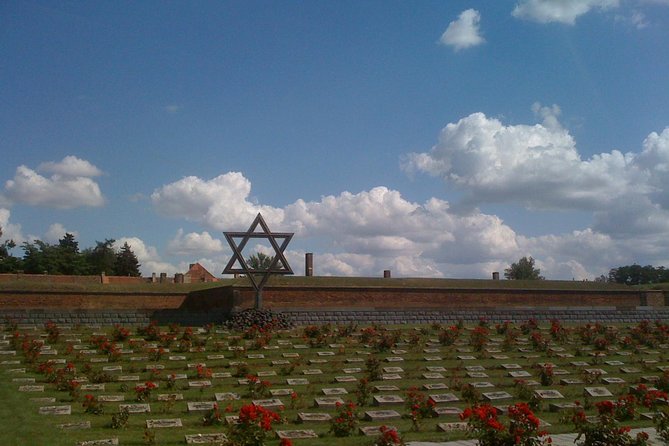
Memorials and commemoration play a vital role in honoring the victims of Terezin’s dark history. The Terezin Memorial, established in 1947, serves as a somber reminder of the horrors that occurred within the concentration camp.
Visitors can explore the Small Fortress, the Ghetto Museum, and the Crematorium, gaining insight into the suffering endured by those imprisoned there.
Annual commemorations, such as the International Holocaust Remembrance Day, bring together survivors, their families, and the global community to reflect on the past and promote education and awareness.
These efforts ensure that the memory of Terezin’s victims is preserved, and their stories continue to inspire us to combat intolerance and promote human dignity.
Navigating Terezin’s complex history requires a nuanced approach, as the concentration camp‘s role during the Holocaust was multifaceted.
Initially established as a ghetto for Jews, Terezin served as a transit point before deportation to extermination camps. However, the Nazis also used it as a "showcase" camp, misleadingly portraying it as a model Jewish settlement to the international community.
This duality is critical to understanding Terezin’s legacy. Guided tours provide valuable insights, helping visitors grasp the camp’s intricate history and the suffering of its inmates.
Visiting the Ghetto Museum
As visitors explore the Terezin Concentration Camp, the Ghetto Museum stands as a poignant and informative centerpiece.
The museum provides an in-depth look into the camp’s history, housing exhibits that chronicle the experiences of those imprisoned within. Guests can examine historical artifacts, view personal belongings, and learn about the daily life and struggles of the ghetto’s inhabitants.
Through carefully curated displays, the museum offers a sobering yet essential glimpse into the complex and harrowing realities of the Terezin camp.
Guided tours further enrich the experience, allowing visitors to gain a deeper understanding of this chapter in history.
Insights Into Czech Culture
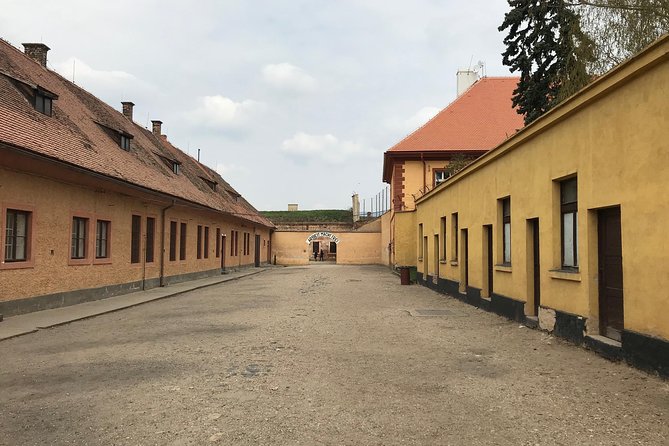
Beyond the somber history of the Terezin Concentration Camp, the tour also provides visitors with insightful glimpses into Czech culture. During the drive to the site, the knowledgeable guides share fascinating anecdotes about the country’s rich heritage and traditions. Travelers are often struck by the guide’s ability to weave together the complex narratives of the past with the vibrant tapestry of contemporary Czech life.
| Cultural Aspects | Insights Gained |
|---|---|
| Architecture | Blend of Gothic, Baroque, and modern styles |
| Cuisine | Hearty dishes with influences from neighboring countries |
| Language | Appreciation for the unique Czech language and its nuances |
| Resilience | Czech people’s enduring spirit in the face of adversity |
Planning Your Terezin Tour
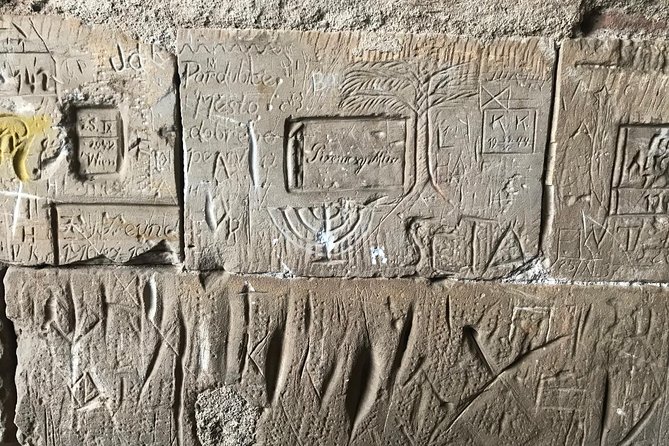
When planning your Terezin tour, it’s best to secure your reservation in advance. The tour price starts at €200.00 per group of up to 3 people, and you can opt to reserve now and pay later to lock in your spots.
The tour is wheelchair accessible, accommodating strollers and service animals, and a moderate fitness level is required. Tours depart at 9 am, with pickup and drop-off at your hotel.
Reviewers praise the knowledgeable guides, like Tatiana, who provide insightful commentary on Czech culture during the drive. With free cancellation up to 24 hours prior, you can plan your Terezin experience with flexibility.
Frequently Asked Questions
How Long Does the Tour of Terezin Concentration Camp Typically Last?
The tour of the Terezin Concentration Camp typically lasts around 3 hours, according to the details provided. The tour starts at 9:00 am and includes a private guide, transportation, and all fees.
Can Visitors Take Photographs Inside the Camp?
Visitors are generally allowed to take photographs inside the Terezin Concentration Camp, though they’re advised to be respectful and avoid disturbing the solemnity of the site. Photography policies may vary, so it’s best to check with the tour guide.
Is There a Gift Shop or Souvenir Store at the Site?
There is no gift shop or souvenir store at the Terezin Concentration Camp site. The focus of the private tours is on the somber history and educational experience, rather than on commercial activities.
Are Audio Guides Available for the Terezin Tour?
According to the information provided, audio guides are not mentioned as an available option for the Terezin tour. The tour focuses on a private guided experience with a knowledgeable guide leading the group through the historical site.
What Is the Dress Code or Recommended Attire for Visiting Terezin?
There is no formal dress code for the Terezin tour. However, visitors are advised to wear comfortable, weather-appropriate clothing and closed-toe shoes, as the tour involves walking on historic grounds and in potentially chilly conditions.
The Sum Up
Terezin’s history is a poignant testament to the resilience of the human spirit. Despite the horrors endured, its cultural legacy lives on, inspiring visitors to reflect on the Holocaust’s enduring impact and honor the memory of those who perished. As a memorial and educational site, Terezin continues to bear witness to the past, guiding us towards a future of greater understanding and compassion.
More Historical Tours in Prague
- Jewish Prague a Unique Walk Through Pragues Famous Jewish History
- Private ROUND-TRIP to and From ČESKÝ KRUMLOV (Unesco Heritage) by MINIVAN 8+1pax
- Luxury Private Tour: Český Krumlov, UNESCO Heritage
- Explore Bohemia UNESCO Heritage – 1 Week in Bohemia Paradise
- Prague Historical City Center Essential Walk
- Experience Historic Prague: Food & History Tour With Local Expert
More Tour Reviews in Prague
Not for you? Here's more things to do in Prague we have recnetly reviewed
- 7 Best Canoe And Kayak Experiences In Prague
- 16 Best Christmas Experiences In Prague
- 25 Best Cruises And Boat Tours In Prague
- 25 Best Dining Experiences In Prague
- 25 Best Food Tours In Prague
- 16 Best Full-Day Tours In Prague
- 4 Best 2 Day Tours In Prague
- 2 Best Coffee Tours And Tastings In Prague
- 15 Best Massage And Relaxation Services In Prague
- 20 Best Photography Experiences In Prague
- 13 Best Craft Beer Tours And Tastings In Prague
- 25 Best Dinner Tours In Prague
